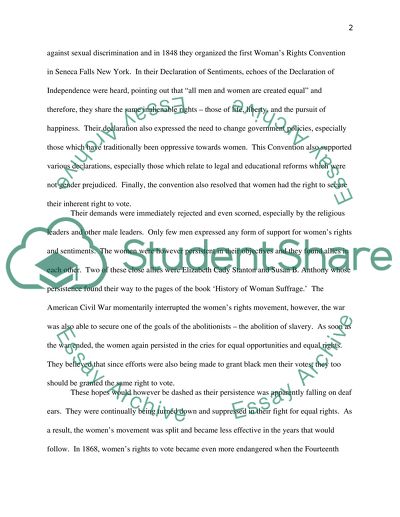Cite this document
(“The Women's Movement in the United States Essay”, n.d.)
Retrieved from https://studentshare.org/history/1452360-the-womenyies-movement-in-the-united-states
Retrieved from https://studentshare.org/history/1452360-the-womenyies-movement-in-the-united-states
(The Women'S Movement in the United States Essay)
https://studentshare.org/history/1452360-the-womenyies-movement-in-the-united-states.
https://studentshare.org/history/1452360-the-womenyies-movement-in-the-united-states.
“The Women'S Movement in the United States Essay”, n.d. https://studentshare.org/history/1452360-the-womenyies-movement-in-the-united-states.


